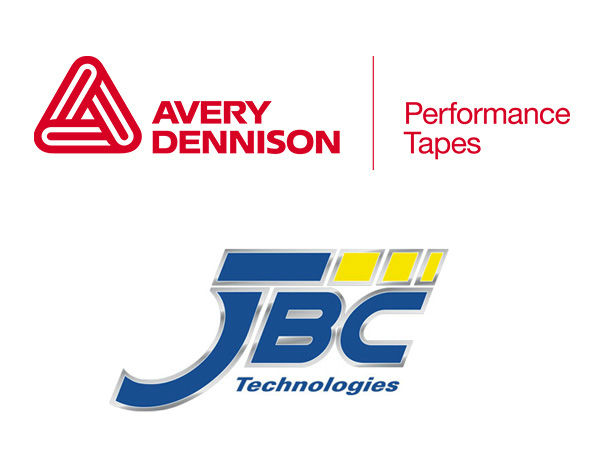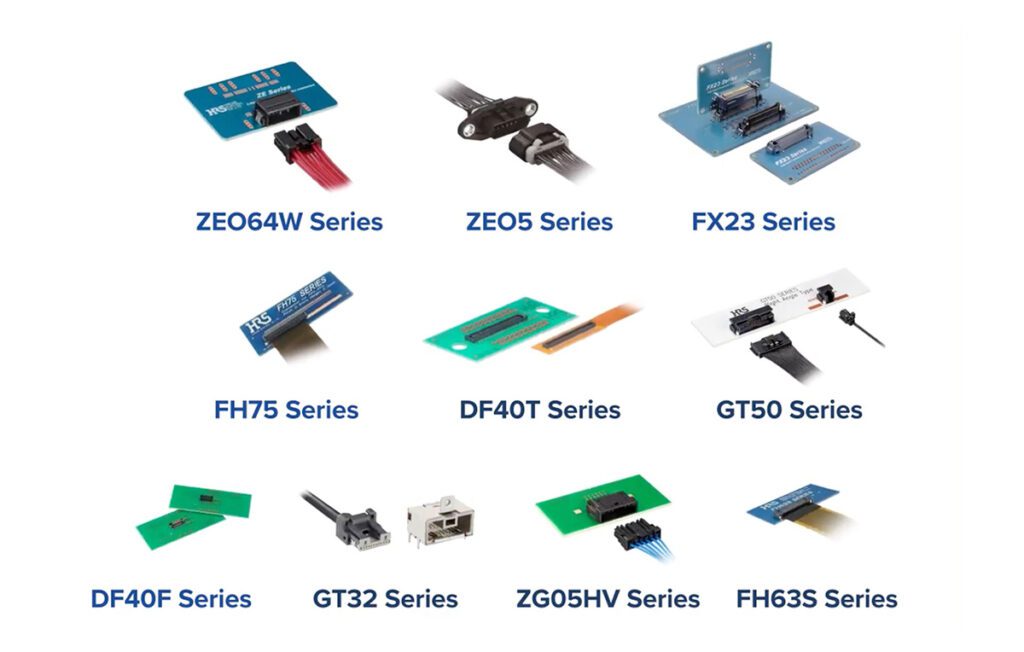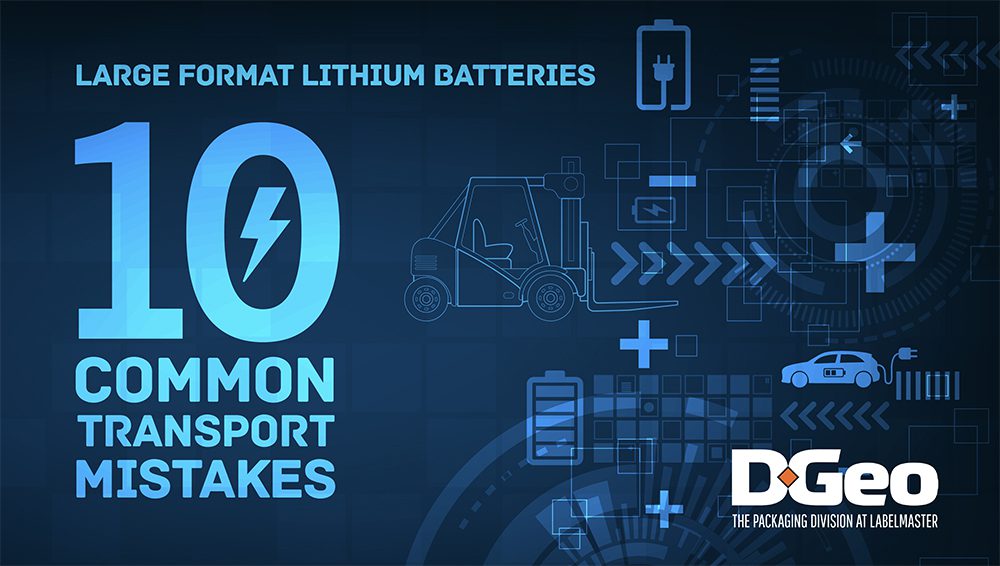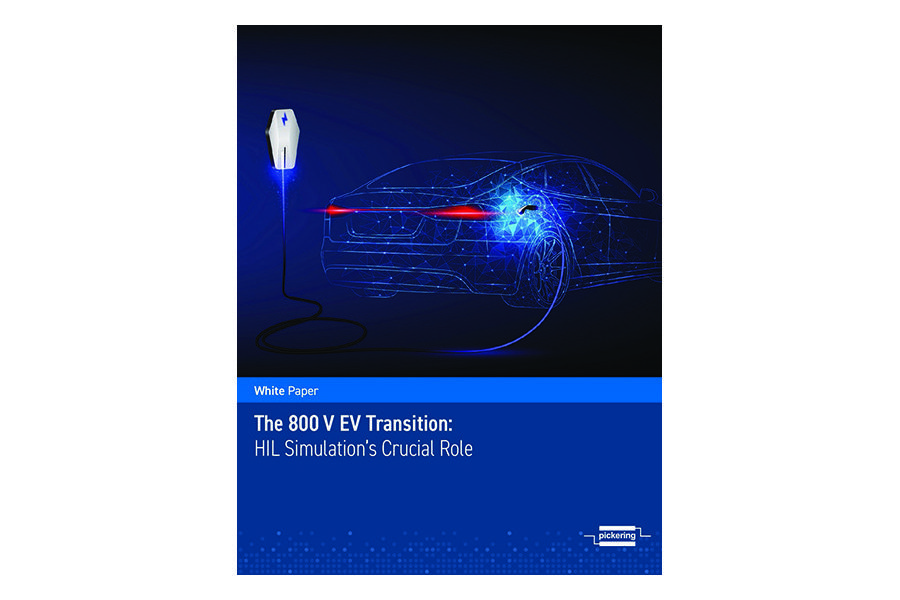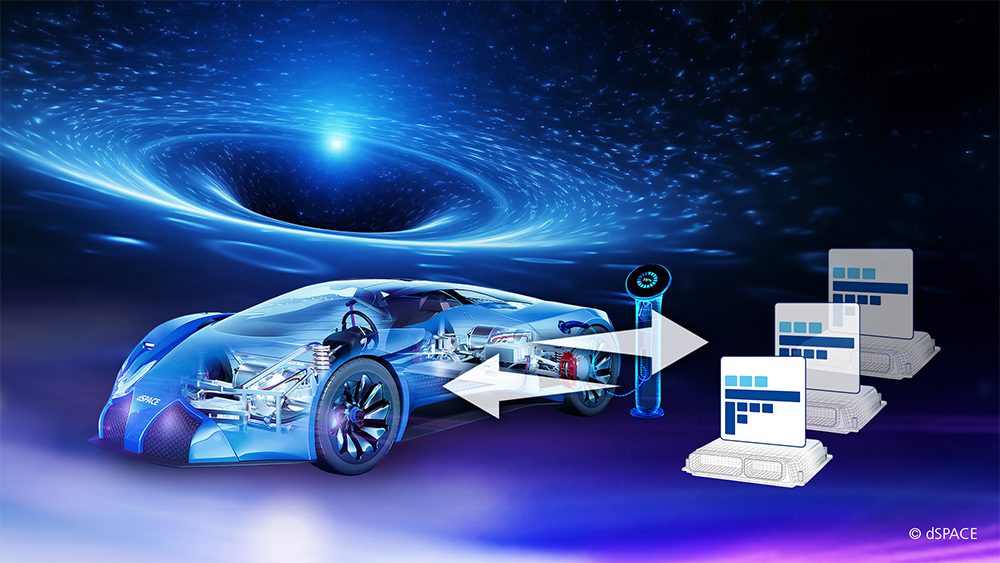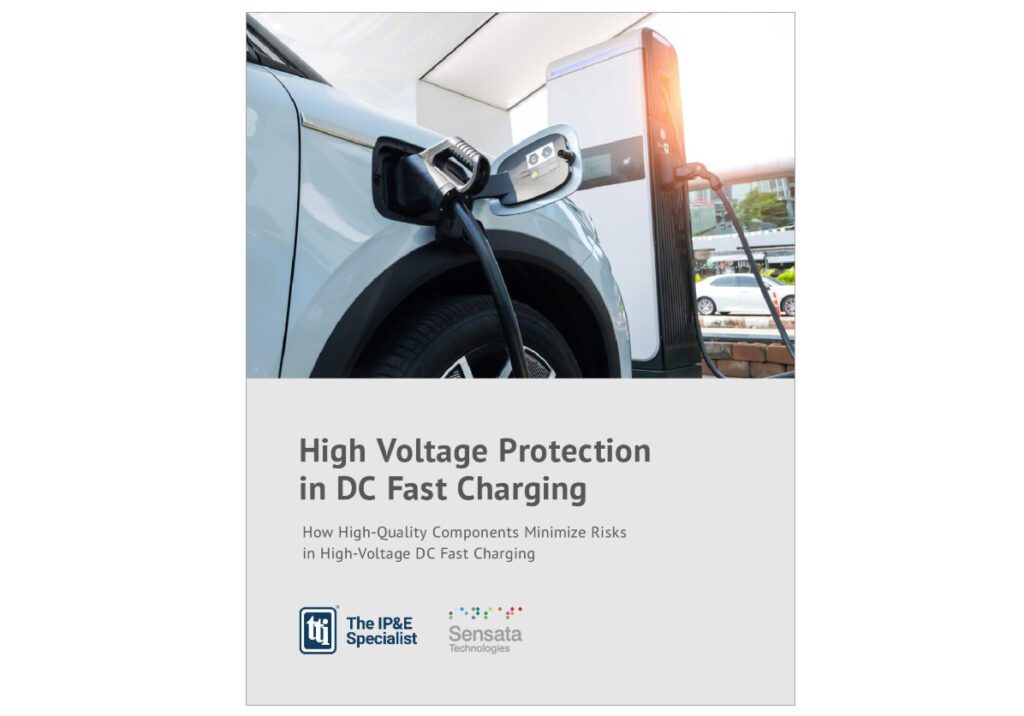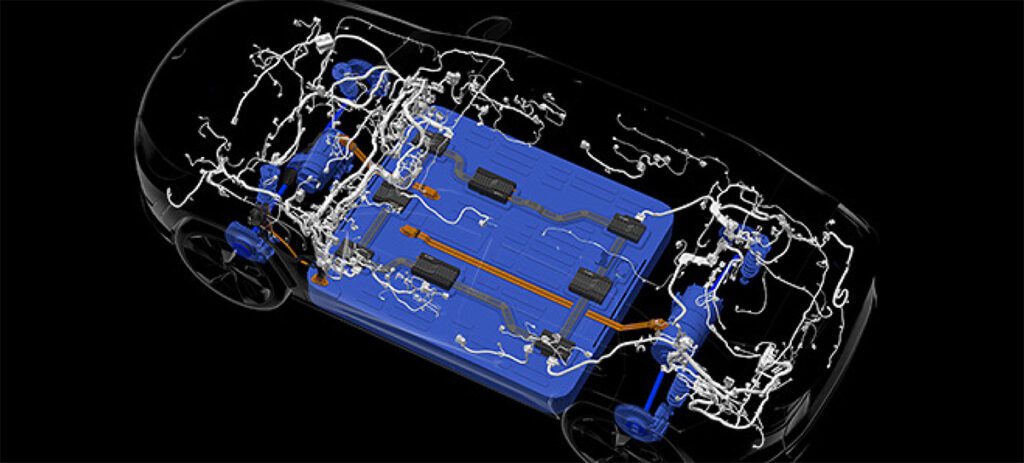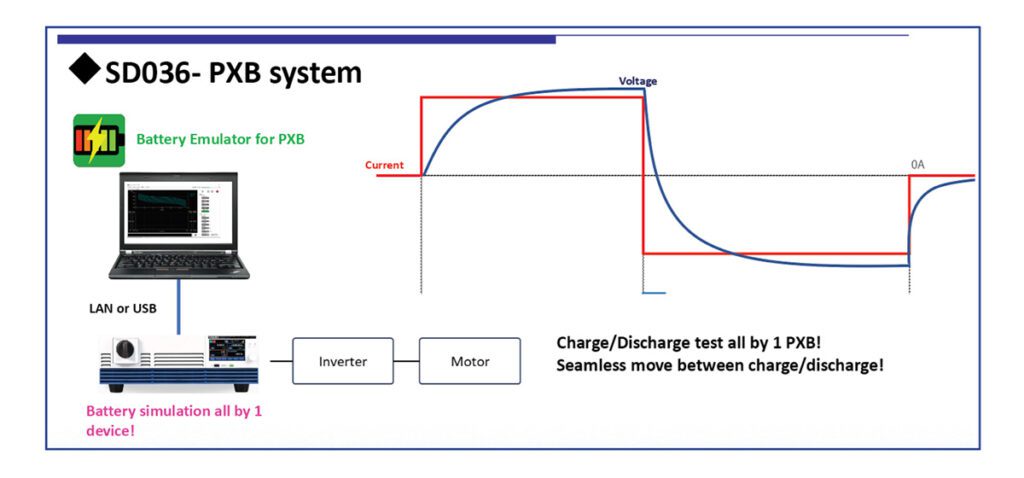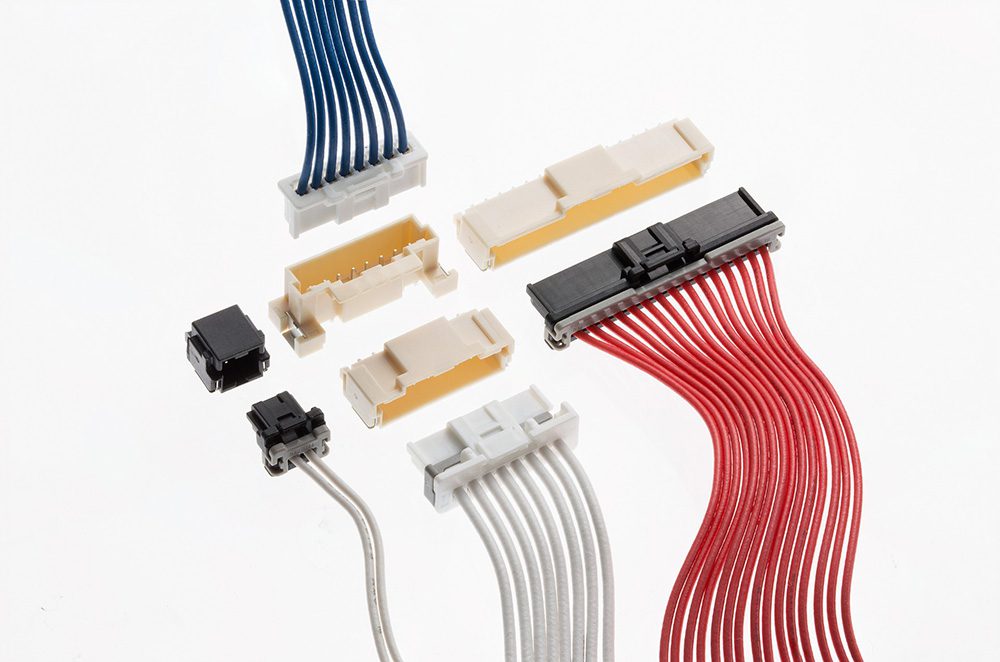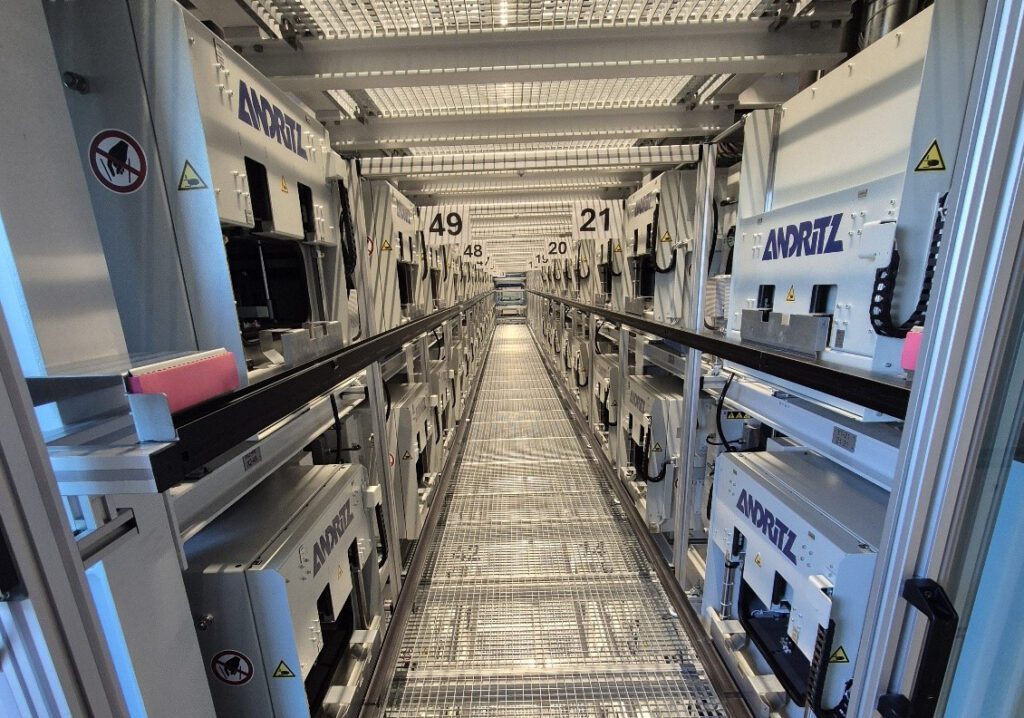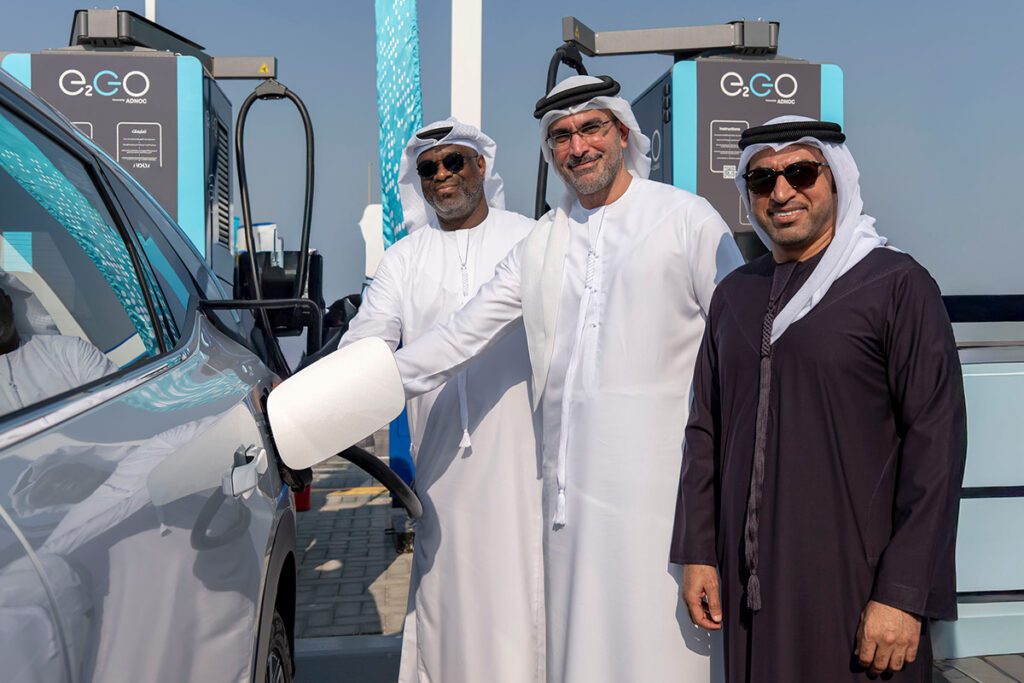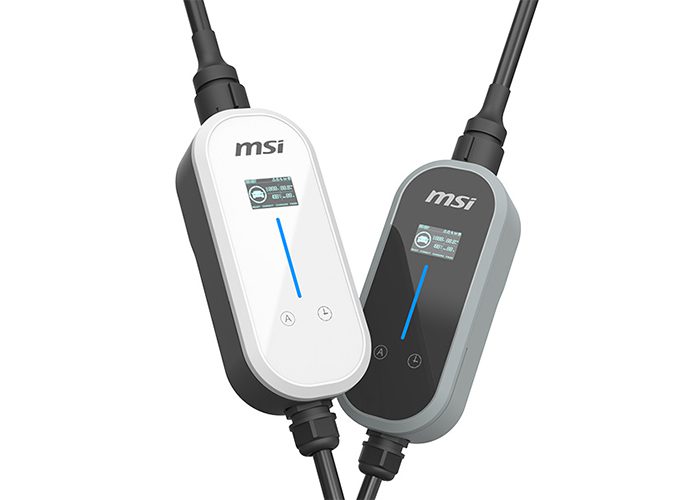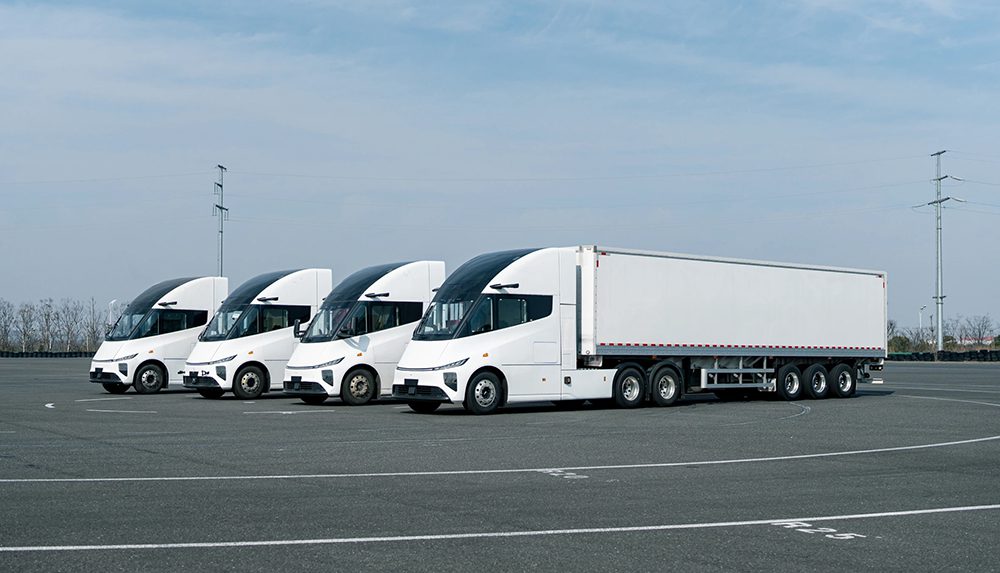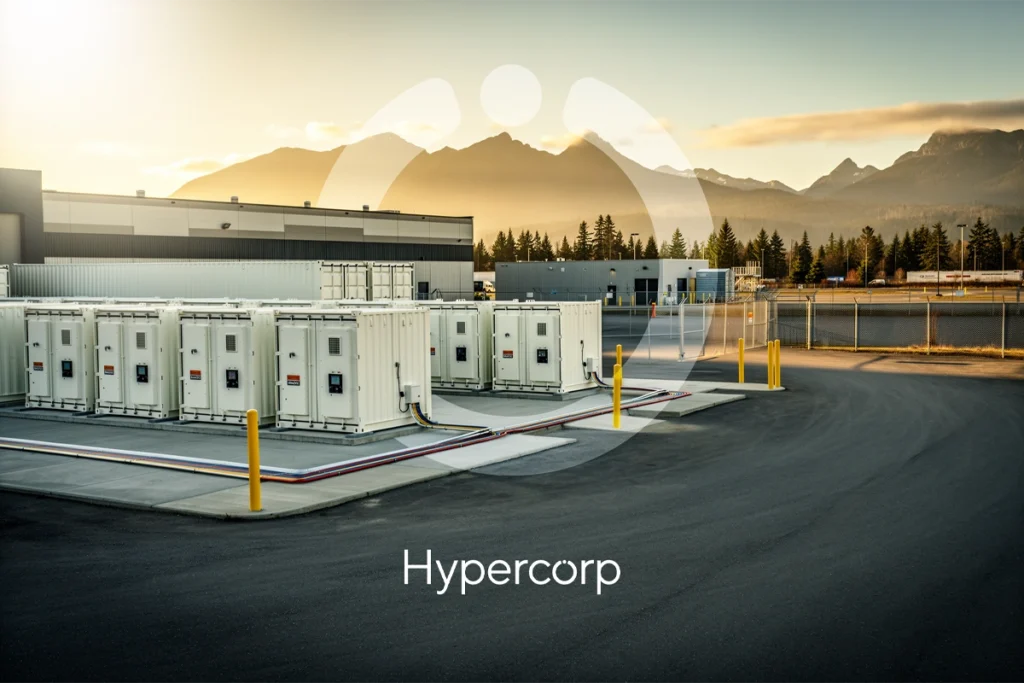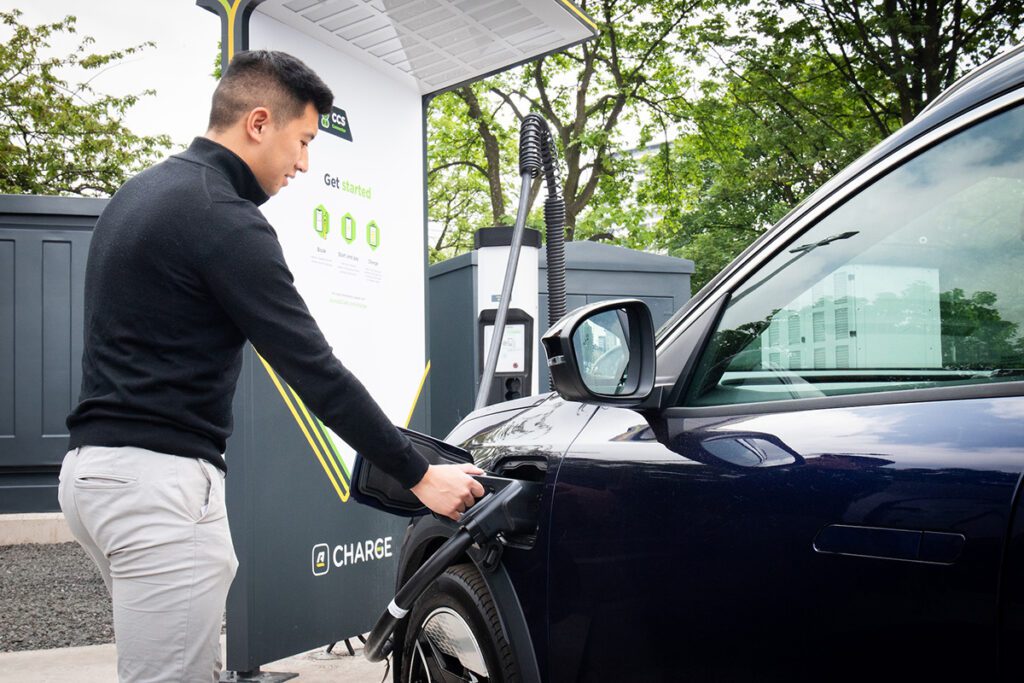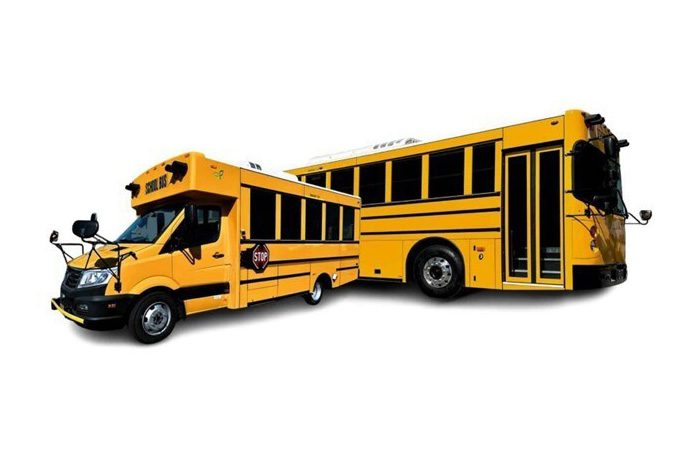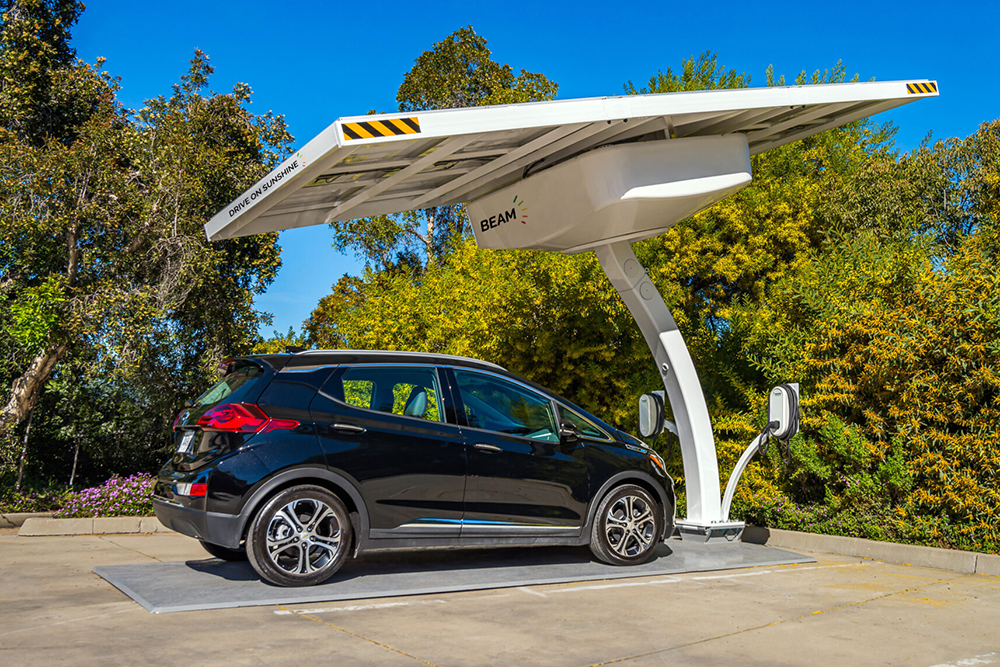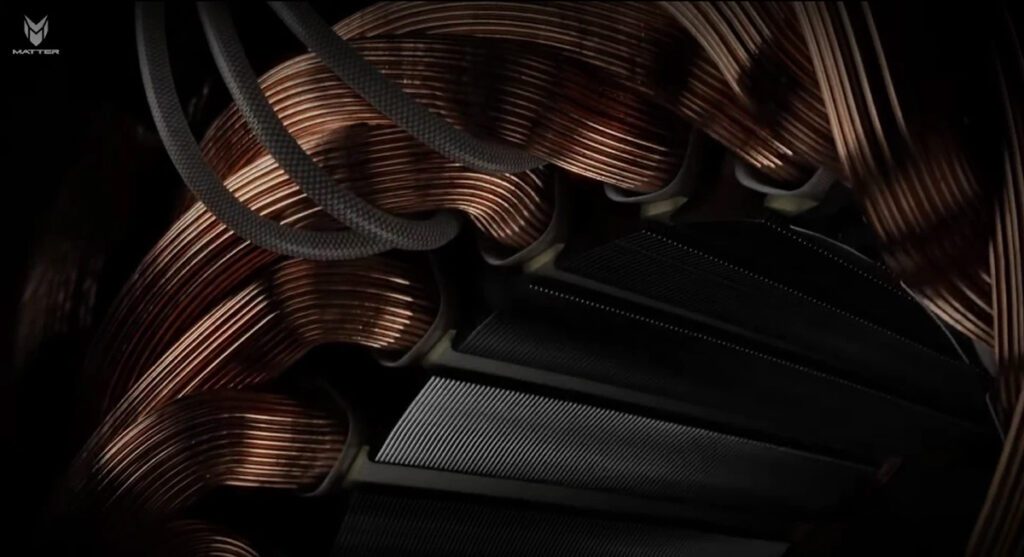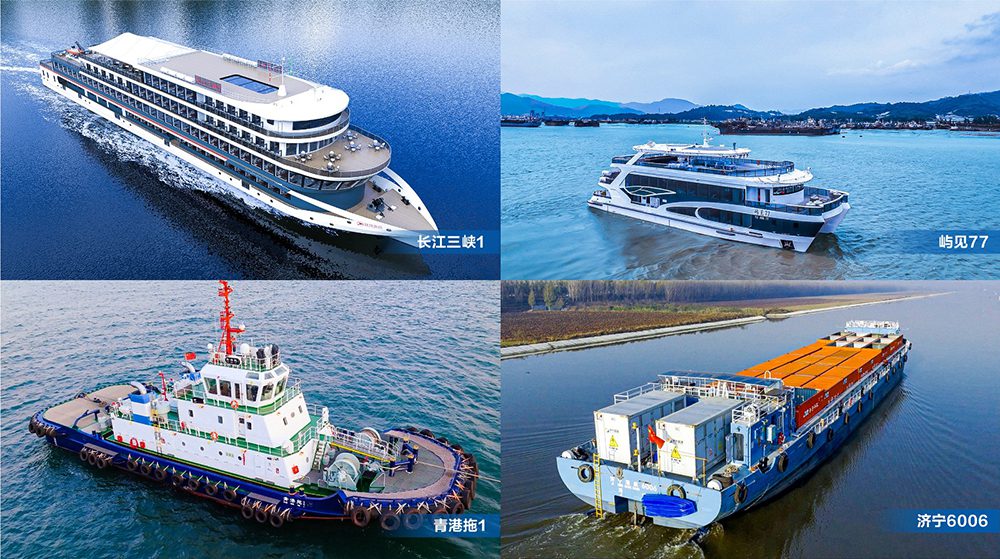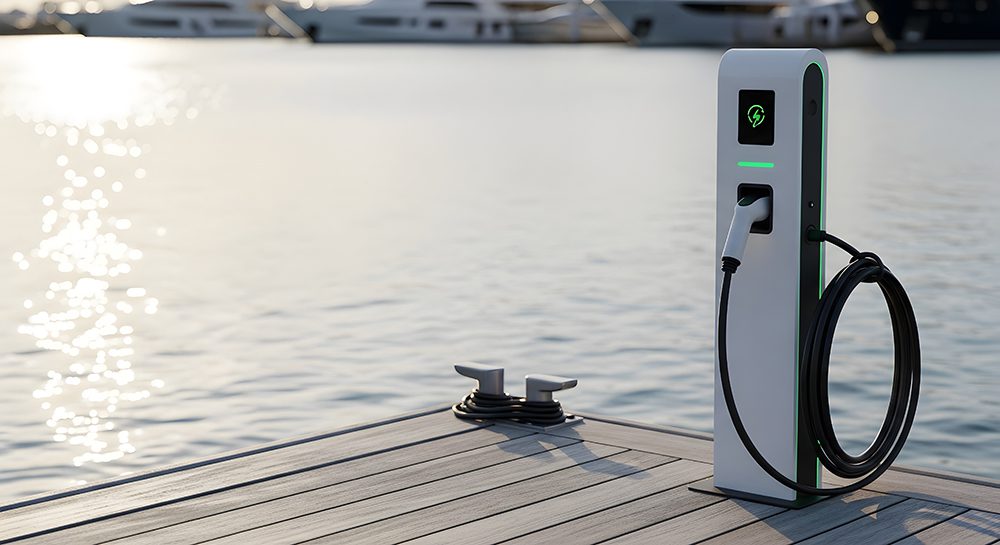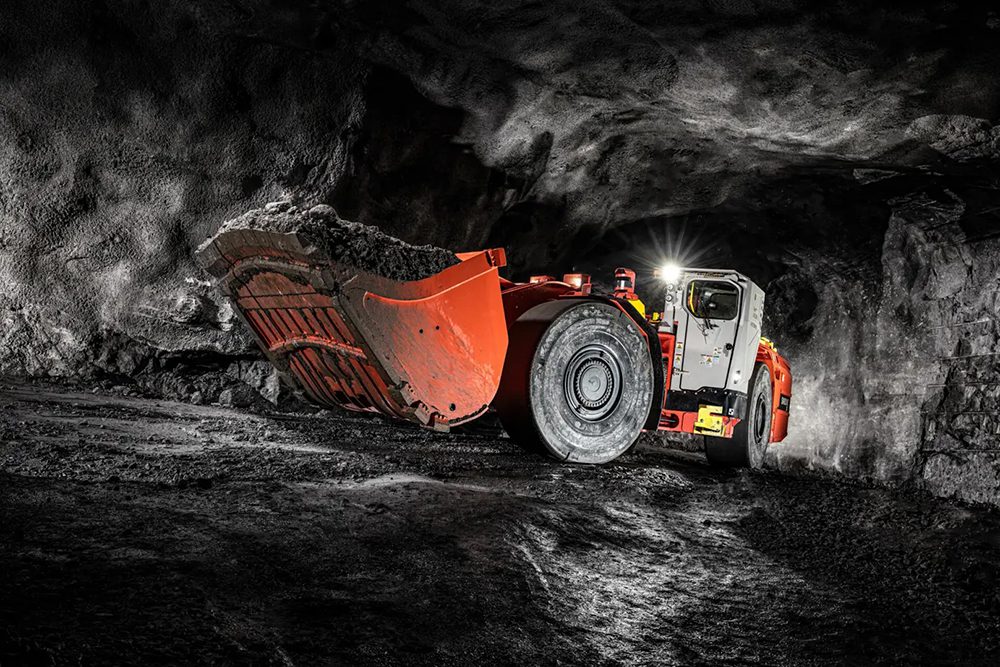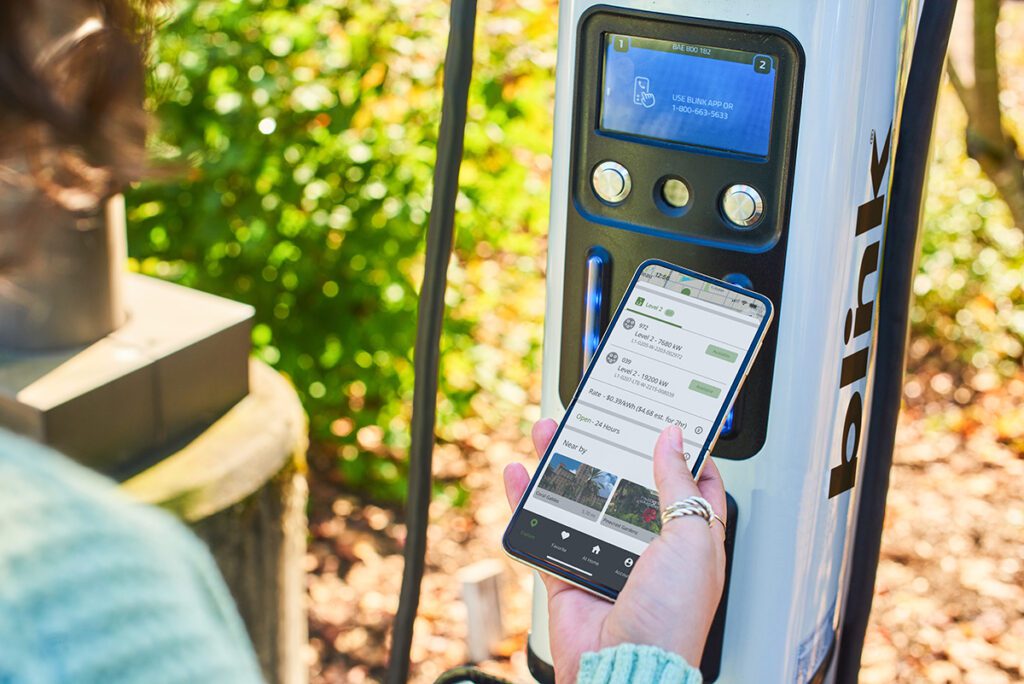Aircraft are responsible for a substantial amount of air pollution, but building an electric airplane presents several physical and institutional problems that automobile designers don’t have to worry about. NASA has been working on electric planes, and grappling with these problems, for at least a decade, and has begun to demonstrate some progress. The agency is working with several private companies, with the aim of phasing in commercial electric flights within the next 15 years.
“Industry used to scoff at the idea of electric planes but that’s no longer the case—they are very interested in this,” said Jim Heidmann, Manager of Advanced Air Transport Technology at NASA’s Glenn Research Center, which operates an electric flight test facility near Cleveland, Ohio. Test flights of electric aircraft are also taking place at NASA’s Armstrong Flight Research Center north of Los Angeles, the site of several previous aviation milestones, including the first manned flight to break the sound barrier.
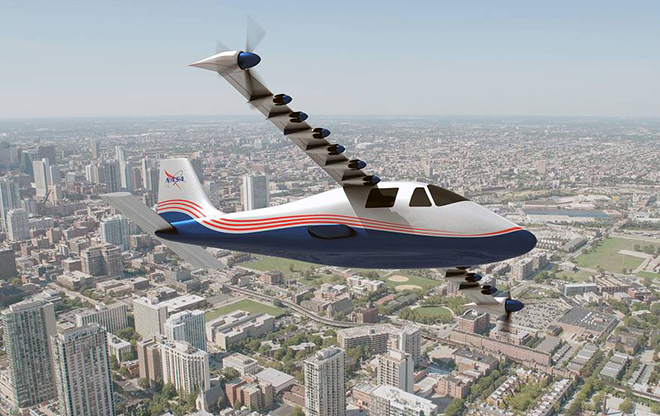
Unlike a car, an aircraft uses energy not only to propel itself forward, but to keep itself aloft, and this poses a major constraint for battery-electric airplanes. A battery pack that could power a 737-size jet isn’t feasible, Heidmann said. “It would be too heavy to take off, let alone fly. Weight is quite a bit more important for planes than cars.”
For a long-distance airliner, some sort of hybrid propulsion system may prove to be the only viable solution, but several companies have demonstrated smaller, propellor-driven electric aircraft.
NASA has created the X-57, an experimental two-seater electric plane that it expects to have a range of about 100 miles and a cruising speed of 172 mph.
“Initially we will get to planes carrying up to 20 people, while the technology NASA is working on will stretch that perhaps to planes with 100 people,” said Kevin Noertker, co-founder of a California-based firm called Ampaire, which was recently acquired by SurfAir Mobility. His company has flown a six-seater electric plane in Hawaii, and plans further test flights in the UK later this year.
“For regional aviation, commuter planes, [electric propulsion is] a no-brainer,” Noertker says. “I think by the early 2030s we’ll be able to deliver electrified planes that are larger and higher-performance, and for the very big planes, some sort of hybrid.”
Source: NASA, The Guardian

























